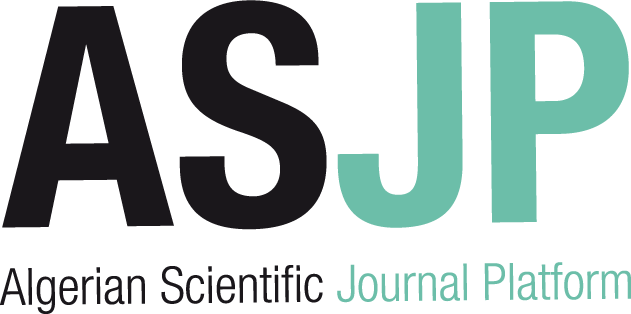[article]
| Titre : |
Efficiency decomposition for parallel production systems |
| Type de document : |
texte imprimé |
| Auteurs : |
C. Kao, Auteur |
| Année de publication : |
2012 |
| Article en page(s) : |
pp. 64–71 |
| Note générale : |
Recherche opérationnelle |
| Langues : |
Anglais (eng) |
| Mots-clés : |
Data envelopment analysis Parallel system Efficiency decomposition Network |
| Index. décimale : |
001.424 |
| Résumé : |
For production systems composed of parallel processes, the system efficiency will more properly represent the aggregate performance of the component processes if the operation of each process is taken into consideration. Several approaches have been proposed for measuring the efficiency of parallel production systems. By requiring the same factor to have the same virtual multiplier, the proposed method is able to calculate the system and process efficiencies at the same time. Moreover, the former can be decomposed into a weighted average of the latter. A system is efficient only if all of its component processes are efficient. Chemistry departments in the UK are used as an example, where teaching and research are two major functions of the department. The relationship between the system and process efficiencies which holds for the case of constant returns to scale can be extended to the case of variable returns to scale. |
| DEWEY : |
001.424 |
| ISSN : |
0160-5682 |
| En ligne : |
http://www.palgrave-journals.com/jors/journal/v63/n1/abs/jors201116a.html |
in Journal of the operational research society (JORS) > Vol. 63 N° 1 (Janvier 2012) . - pp. 64–71
[article] Efficiency decomposition for parallel production systems [texte imprimé] / C. Kao, Auteur . - 2012 . - pp. 64–71. Recherche opérationnelle Langues : Anglais ( eng) in Journal of the operational research society (JORS) > Vol. 63 N° 1 (Janvier 2012) . - pp. 64–71
| Mots-clés : |
Data envelopment analysis Parallel system Efficiency decomposition Network |
| Index. décimale : |
001.424 |
| Résumé : |
For production systems composed of parallel processes, the system efficiency will more properly represent the aggregate performance of the component processes if the operation of each process is taken into consideration. Several approaches have been proposed for measuring the efficiency of parallel production systems. By requiring the same factor to have the same virtual multiplier, the proposed method is able to calculate the system and process efficiencies at the same time. Moreover, the former can be decomposed into a weighted average of the latter. A system is efficient only if all of its component processes are efficient. Chemistry departments in the UK are used as an example, where teaching and research are two major functions of the department. The relationship between the system and process efficiencies which holds for the case of constant returns to scale can be extended to the case of variable returns to scale. |
| DEWEY : |
001.424 |
| ISSN : |
0160-5682 |
| En ligne : |
http://www.palgrave-journals.com/jors/journal/v63/n1/abs/jors201116a.html |
|


 Ajouter le résultat dans votre panier Faire une suggestion Affiner la recherche
Ajouter le résultat dans votre panier Faire une suggestion Affiner la rechercheEfficiency decomposition for parallel production systems / C. Kao in Journal of the operational research society (JORS), Vol. 63 N° 1 (Janvier 2012)











